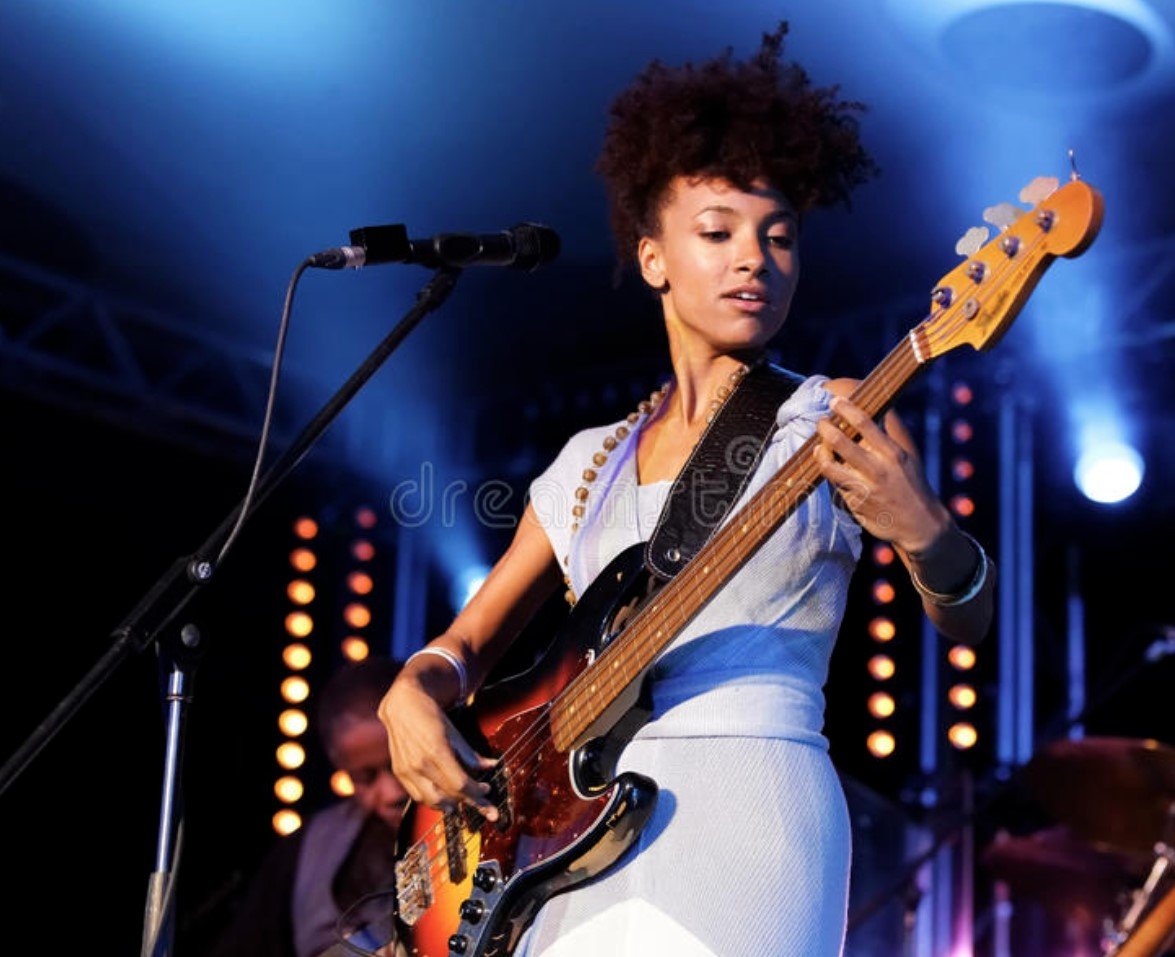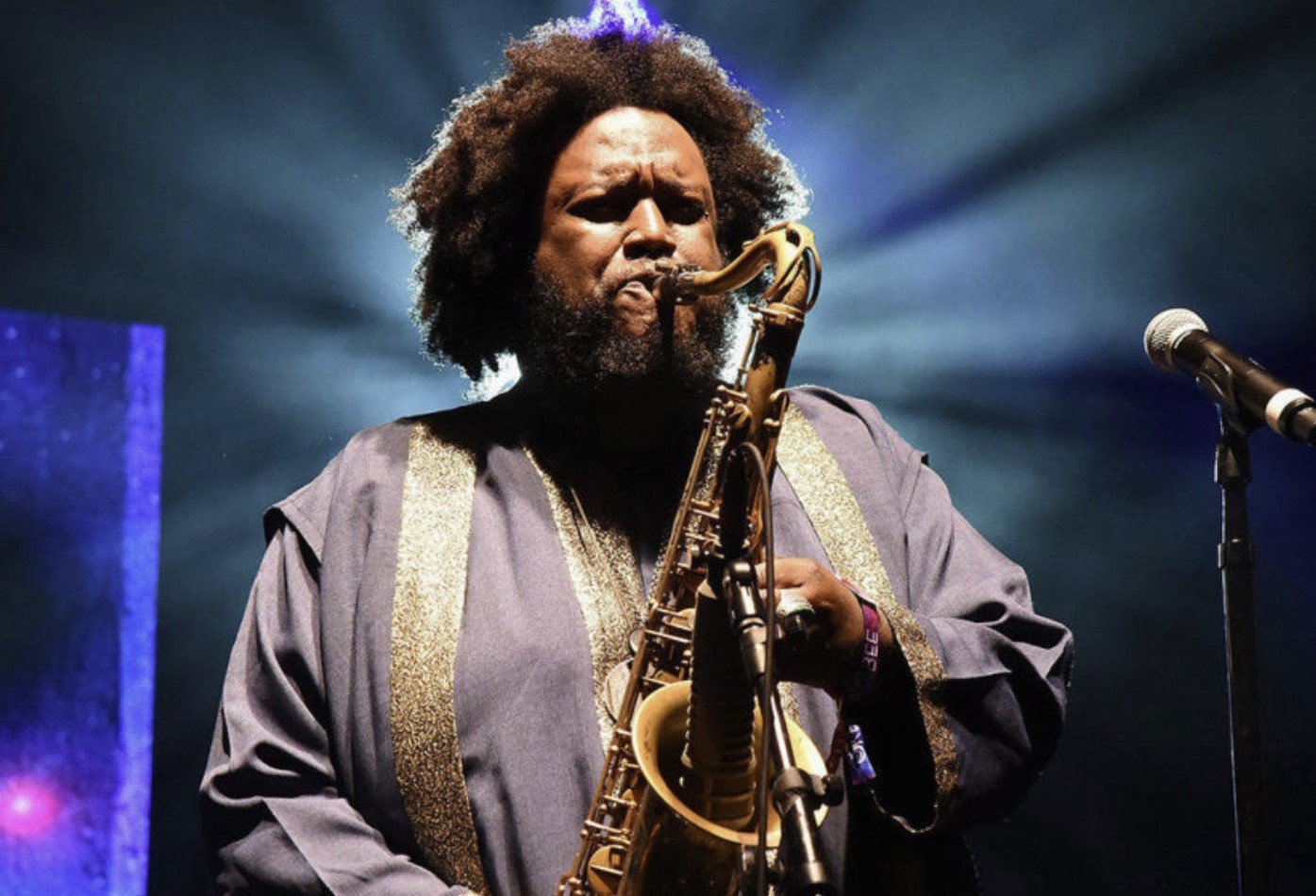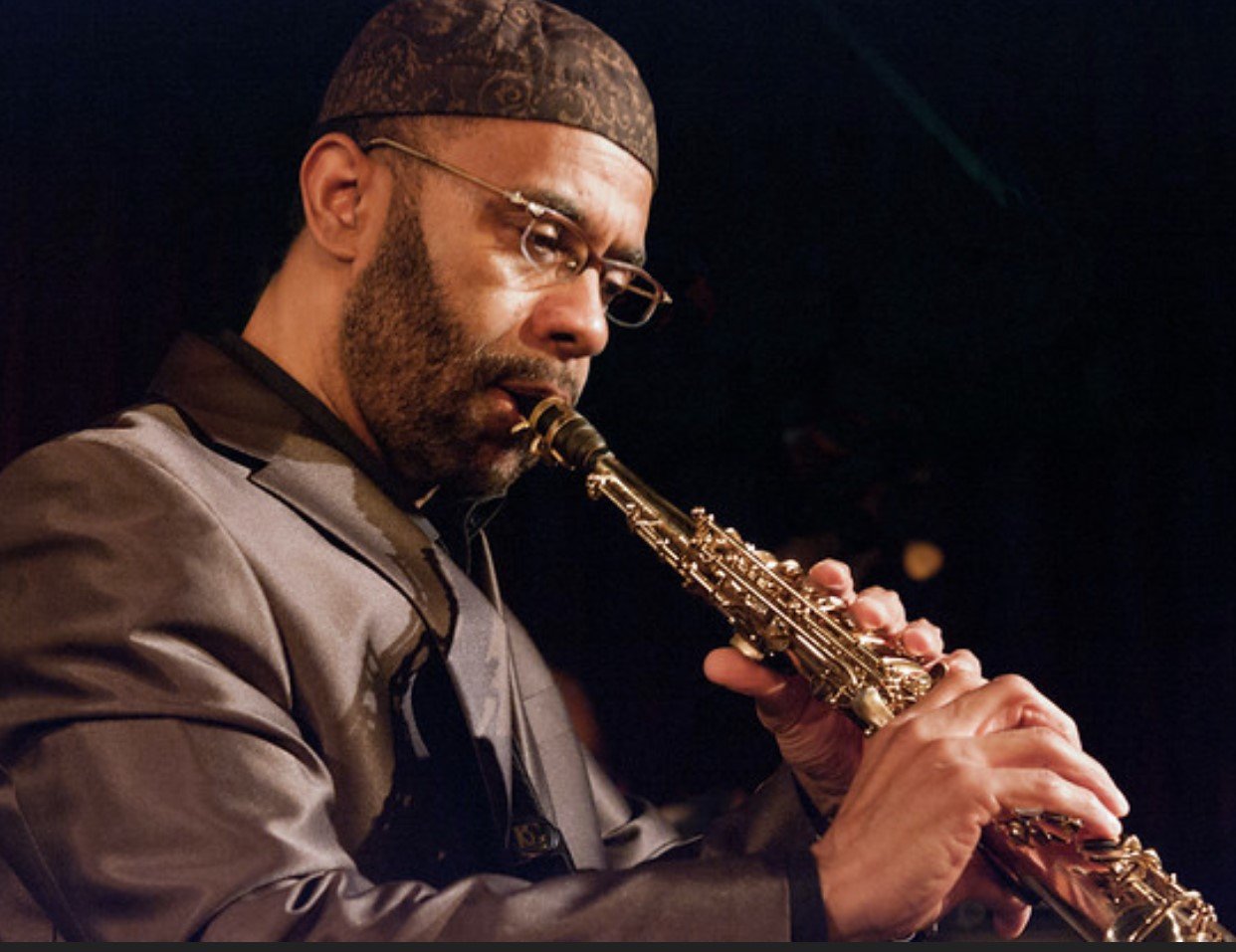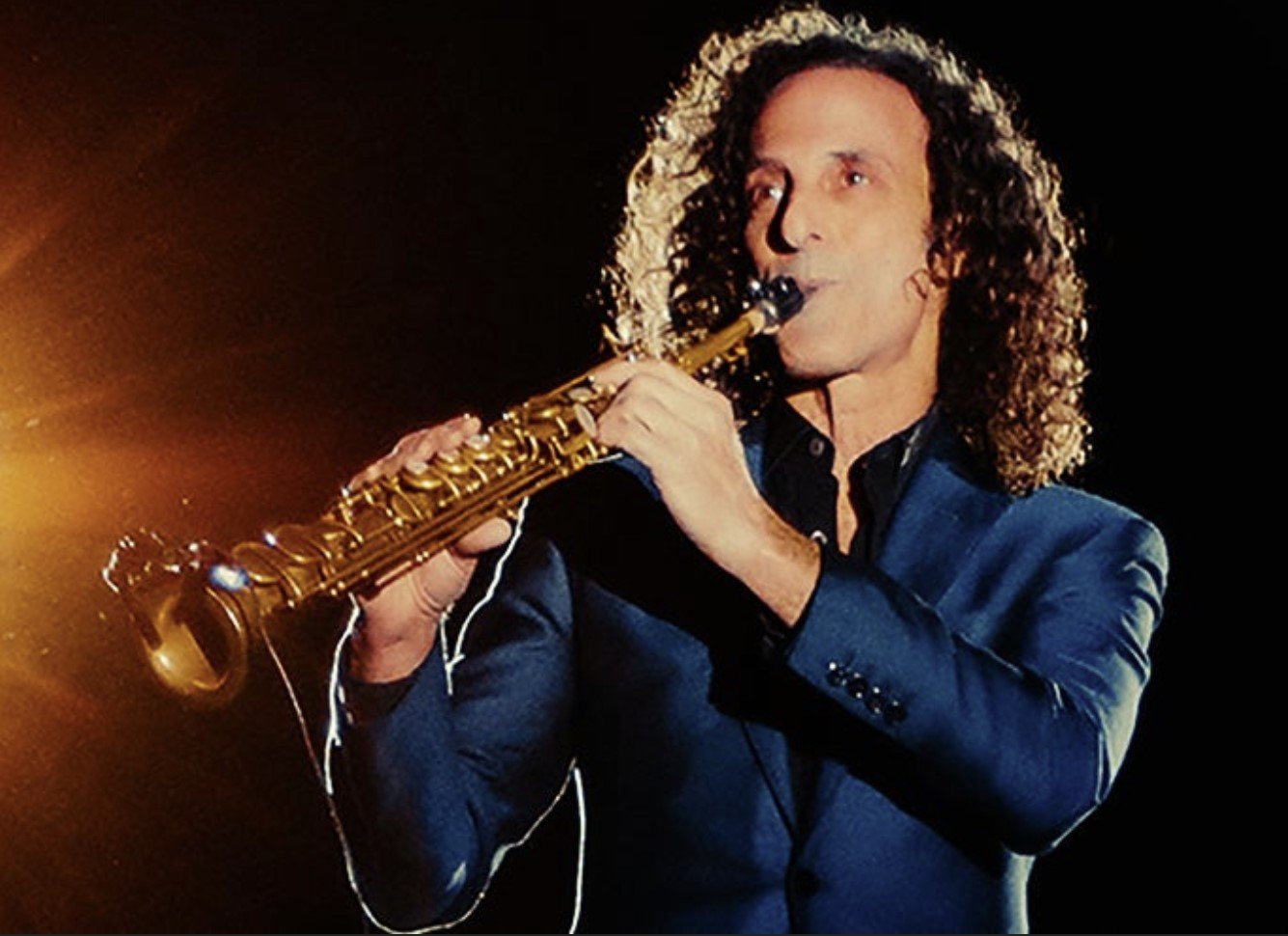Race and Jazz: A Candid View
Our celebrity-worshipping, short-term-memory, profit-driven society overall doesn’t value fine art’s intrinsic or long-term worth. If art doesn’t have a big audience, then it won’t be considered relevant to most black publications, because they compete in a media environment where popularity and celebrity trump all.
In my last blog post, I shared an excerpt from my contribution to Ain’t But a Few of Us: Black Music Writers Tell Their Story, a recently released Duke University Press book edited by Willard Jenkins. It took Willard, a long-time arts consultant, producer, and author, over a decade to bring this collection of interviews, discussions, and essays to print. Some of the musicians I mention in this piece, originally published ten years ago, have—as my Christian kinfolk say—passed on to glory, such as Ahmad Jamal, Jimmy Cobb, and Wayne Shorter. Yet my critique about the lack of recognition and appreciation for the jazz art form and its elder greats, in all from popular, mainstream outlets to publications with a “black” point of view, remains.
Let’s continue my account of the way race influences how jazz is covered in media, and the implications of the relative lack of Black American writers and editors covering the music, where we left off:
I think it better to confront race in jazz so that we might better move beyond such considerations. The concept of race is ultimately trivial and stupid, but to transcend race we must face the illusion/delusion of race squarely.
Record label and public relations campaigns factor in to the seemingly unwarranted or hasty elevations of certain musicians, as does the need among some writers to find the “next hot artist.” But race is a tricky rubric with which to assess “next hot artist” designations. For instance, Esperanza Spalding was championed by many writers; since then, the same has been true with Kamasi Washington, both [are] Afro-American. So many good jazz artists labor in relative obscurity that when they do get some attention, I usually don’t have a problem with it. Cultural diversity among writers will generate more diverse perspectives but not a consensus on which artists deserve to be elevated over others.
Esperanza Spalding and Kamasi Washington
However, I don’t agree with certain musicians being labeled “jazz” artists when they themselves will acknowledge that what they play is more “instrumental rhythm and blues.” The way the term jazz has been marketed is problematic, especially by festival promoters and the radio industry (e.g., “smooth jazz”). They endeavor to profit from the veneer and sophisticated brand of jazz, while pulling in other genres to make more money than they might with jazz proper.
That’s part of the economic reality and challenges of presenting jazz qua jazz. Kenny G is a popular instrumentalist, but when he is elevated by the mainstream press as a “jazz” artist, due to his level of record sales and radio play, over someone like Kenny Garrett—the most influential jazz alto saxophonist of his generation—that’s pure hype, not an accurate evaluation of genre or of artistic weight and authority.
Kenny Garrett and Kenny G [Gorelick]
Furthermore, I think there is an undercurrent of race in why other “white” artists, such as Diana Krall, Chris Botti, and Norah Jones, have become popular performing a mellow, soothing, less experimental style of music. They fill a niche in the music and radio industries and for certain market segments. But I don’t criticize those artists for that; it isn’t their fault as individuals, but the dumb idea of race is so entrenched that they benefit from white privilege as well as from their musical style and talent as artists.
Neglect of Jazz by Black Publications
Neglect of the music by black publications is also a fact. Jazz at its best is a fine art, and most black publications focus on popular music. As Albert Murray said, the quality and range of aesthetic statement can be grouped into folk, pop, and fine art categories for pedagogical purposes. Our celebrity-worshipping, short-term-memory, profit-driven society overall doesn’t value fine art’s intrinsic or long-term worth. If art doesn’t have a big audience, then it won’t be considered relevant to most black publications, because they compete in a media environment where popularity and celebrity trump all.
This is especially sad and tragic because elder jazz masters such as Roy Haynes, Wayne Shorter, Sonny Rollins, Charles McPherson, Reggie Workman, Louis Hayes, Jimmy Cobb, Ben Riley, Benny Golson, Buster Williams, Melba Joyce, and Ahmad Jamal are still on the scene. I could easily name twenty more living legends unknown to a wider black audience or to the general public.
The audiences consuming black publications are aware of Quincy Jones and Herbie Hancock, even Wynton Marsalis, but they usually aren’t hip to these senior giants. To rephrase Carter G. Woodson, this is the miseducation of the [B]lack American. These jazz masters should be revered and honored by black publications and media outlets as a cultural and ancestral imperative.
American Legacy magazine, a publication to which I’ve contributed features on Ralph Ellison and Albert Murray, was one of the few African American periodicals I can point to that delved into the historical and cultural depths beyond pop culture and contemporary hype. American Legacy had a history of covering jazz, but not just jazz: they covered the legacy of [B]lack American music as a powerhouse cultural form. But, alas, they are no longer around.
Whose Fault?
Oprah Winfrey’s fame and worldwide celebrity far exceeds the black audience. She could reach that demographic and beyond. I wrote an open letter to Oprah in All about Jazz in hopes of inspiring her to have more jazz musicians on her original show, not just as performers but also as commentators. Jazz musicians are some of the worldliest, sophisticated, and smartest people I know. Exposing wider audiences to jazz musicians as artists and as thinkers is one way to address the low cultural moment in which we find ourselves, especially low as regards most pop music.
The public education system and the music industry are largely at fault for the current state of affairs, where a vicious cycle of mediocrity predominates. It’s incumbent upon those of us who love and value this music’s contribution to the world to be more entrepreneurial. The Independent Ear [where this interview first appeared] is an example of this. Jazz It Up!, my online jazz news and entertainment series was another.
How serious music is reported is a matter of individual taste, depth of historical aesthetic, literary and musical knowledge, native talent, and the disciplined application of all of the above. These factors fluctuate, of course, among writers of varying backgrounds. How the music is covered also has to do with how the writer views his or her social and cultural function.
I produced and moderated a panel discussion at the National Jazz Museum in Harlem a few years ago that brought together jazz critics and scholars Gary Giddins, Howard Mandel, and John Gennari and jazz musicians Steve Coleman, Lewis Nash, Jon Gordon, and Vijay Iyer for a dialogue. I ventured a definition of the role of jazz criticism: to function as a bridge between the artists, the art form, and the public for the sake of publicity, education, and aesthetic evaluation. That’s how I see my role, so that orientation grounds the tone and approach I take when I write about the music.
Some of my colleagues bristle at the notion of the publicity aspect of criticism, because publicity work is considered to be for hacks. But when jazz is so low on the public radar, I don’t think it’s wise to have our noses in the air like that. Yes, journalism and public relations are not and should not be considered the same. Yet jazz journalists know well that they serve the function of publicizing the music. And that ain’t nothin’ to be ashamed of.
Some of my most rewarding moments covering this music have come from opportunities to meet, interview, and even become friends with musicians who play the music that moves my soul. Of course, hearing great music live that I otherwise may not have been able to afford is another. When a reader says to me, “I felt like I was there,” I say to myself, “Mission accomplished!”
There is also a community of academics and scholars with whom I’ve interacted as a member of the Jazz Study Group at Columbia University. I’m grateful to Robert O’Meally for asking me to join in 1999 as I worked toward a doctorate in American Studies at NYU. (I decided not to pursue academia as a career.) Last, but far from least, are the friendships and mentoring relationships I’ve nurtured over the years, which stem from jazz and an abiding appreciation for [B]lack American culture at the root.
Jazz it Up! and Lack of Coverage in the Jazz Press
On the other hand, the main obstacle I’ve run into in this pursuit, other than difficult editors and indifferent publications, is making a living covering jazz. So, like many others, I’ve had to supplement coverage of jazz with other work to support my family. Another obstacle has been getting due recognition in the jazz press about my online show Jazz It Up! Though we had a little coverage in DownBeat and JazzTimes magazines when we launched in 2007, since then the coverage hasn’t been commensurate with what we’ve accomplished. Jazz it Up! was the only online tv series at the time devoted to this music, and over the course of eighteen half-hour episodes we garnered close to three million viewers online. That’s jazz news that warrants coverage.
Ironically, the organization that produces and presents the [Grammy] Awards recognized Jazz It Up! In fall 2008, the National Academy of Recording Arts and Sciences nominated Jazz It Up! for a Global Media Award in the Long-Form Entertainment category. Not one jazz publication—online or otherwise—reported this achievement.
More recently, I had interesting experiences writing about jazz for the New York Daily News. I had excellent editors there, but when a former fashion editor took over the features section, I knew my days were numbered. The page formerly devoted to my jazz column now displays clothing for the younger demographic of that paper. I had support systems there, people who subsequently either retired, died, or were fired. I could tell it was only a matter of time, especially because columnists who had been there much longer than I were being dismissed. That paper has been bleeding staff for a while in this harsh environment for print journalism. Fortunately, my work as a consultant, curator, producer, lecturer—and, coming soon, a book author—has sustained me.
Frankly, I think that the access issue is moot in our current time. Why? Because there are fewer and fewer [print] media outlets for everyone. At the same time, we all can write freely—and for free— for many online venues and even for personal blogs. How many jazz magazines still exist? Those that still remain don’t have the influence they used to in decades past. Access was a major issue then, especially at places such as the New York Times, which now has only one jazz writer [and has never had an Afro-American jazz columnist.] As you know, I was the New York Daily News jazz columnist from 2011 to 2013. I’m proud of the work I did there; more everyday folks were exposed to jazz happenings in New York, featuring everyone from elder masters to young artists. But little jazz had been covered there either before my tenure or after. Whether in print publications or on network or cable television, jazz is virtually invisible.
I honor the relatively few of us black writers focusing on jazz in such a time of massive media and technological change. The music will survive with or without us. Let’s hope that it’s with us.




